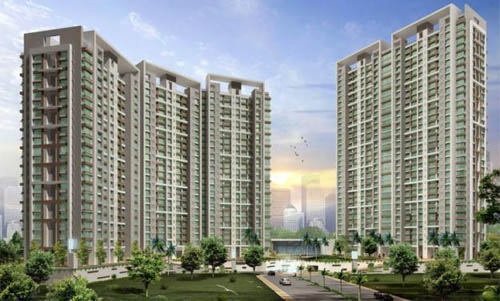
50 Indian companies participate in realty conference in Sri Lanka
India-Sri Lanka bilateral trade has increased by over 65% last year, close to U.S. $5 billion, Indian High Commissioner to Sri Lanka Ashok K. Kantha, has said.

India-Sri Lanka bilateral trade has increased by over 65% last year, close to U.S. $5 billion, Indian High Commissioner to Sri Lanka Ashok K. Kantha, has said.
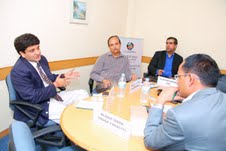
Track2Realty Roundtable-III Venue—India Habitat Centre Moderator—Ravi Sinha, CEO & Managing…

Even as fund raising in India seems to be tough,…

Over the last few years, the number of HNI investors and corporates who are seriously looking at investing into Indian office space has increased manifold. Mumbai continues to hold its own as India’s numero uno office space investment destination, with companies from all over the world unerringly zeroing in on the financial capital.
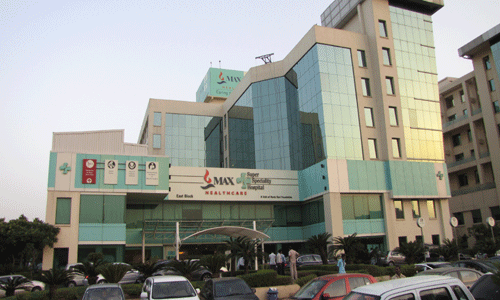
No wonder, the healthcare sector is being adopted by the developers across the country. Property analysts are of the opinion that proximity to a hospital in an area also impacts the price of real estate and many developers use it as USP to market their projects.

Is the Indian real estate sector the right place to make a serious career in now? Compared to more developed countries, the Indian real estate sector still lacks sophistication and transparency. However, it continues to be in the limelight of domestic and international investments. This has naturally brought on the need for better, more capable human resources.
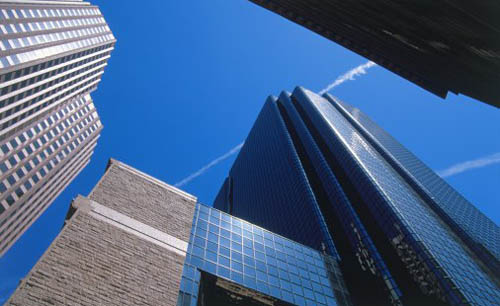
Leasing and buying activity in the commercial real estate market in India remained sluggish for the first quarter ended March 31 of calendar year (CY) 2012. The total absorption of office space declined 12% in Q1 compared to the Q4 of CY 2011.
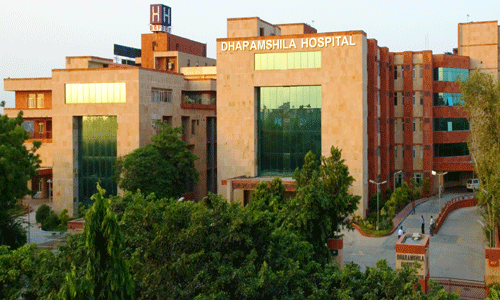
It is no more portfolio diversification that is driving the real estate developers into medical realty, it is rather a serious business as Track2Realty observes. After all, no other vertical of realty is as resilient to macro economic conditions as healthcare realty and it also needs more space than retail in the year ahead.
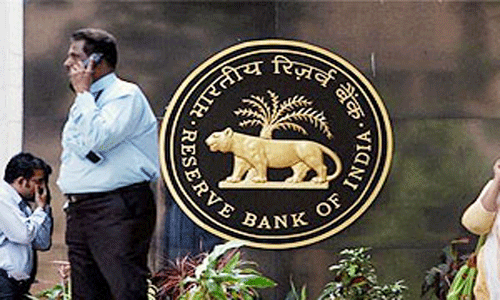
When the Reserve Bank of India (RBI) was to announce its annual monetary policy for 2012-13 on 17th April, there were widespread concerns of slowing economy, rising inflation, trade deficit of 4 per cent of GDP and drying FDI too emerging as a grace concerns

The demand fundamentals of the India story are now focused around all cities that have sufficient economic activity, be it industrial, service sector-driven or incentive-driven programs by the State Government. In Gujarat, which has seen considerable industrial progress, the key cities of Ahmedabad, Surat and Vadodara come readily to mind.
